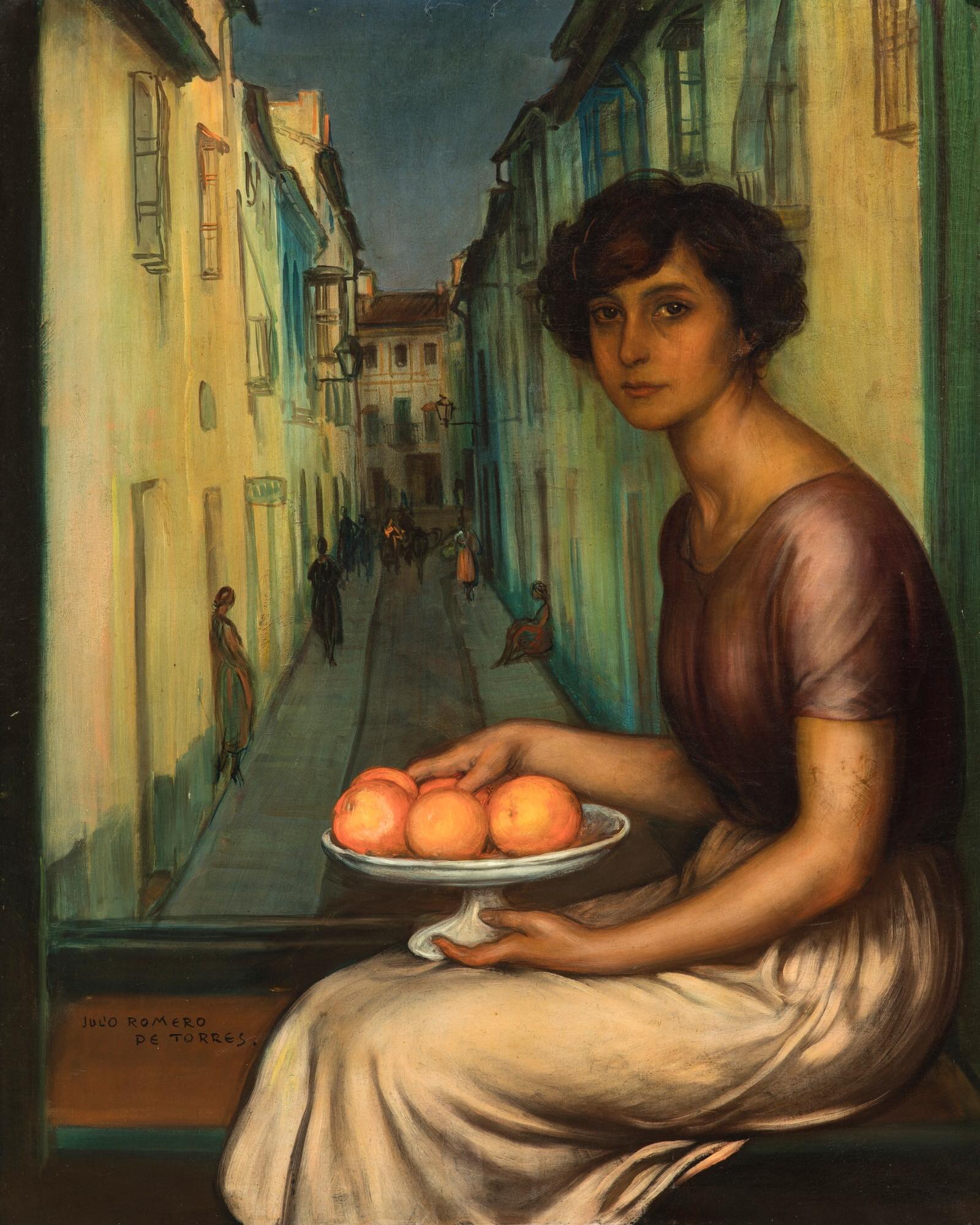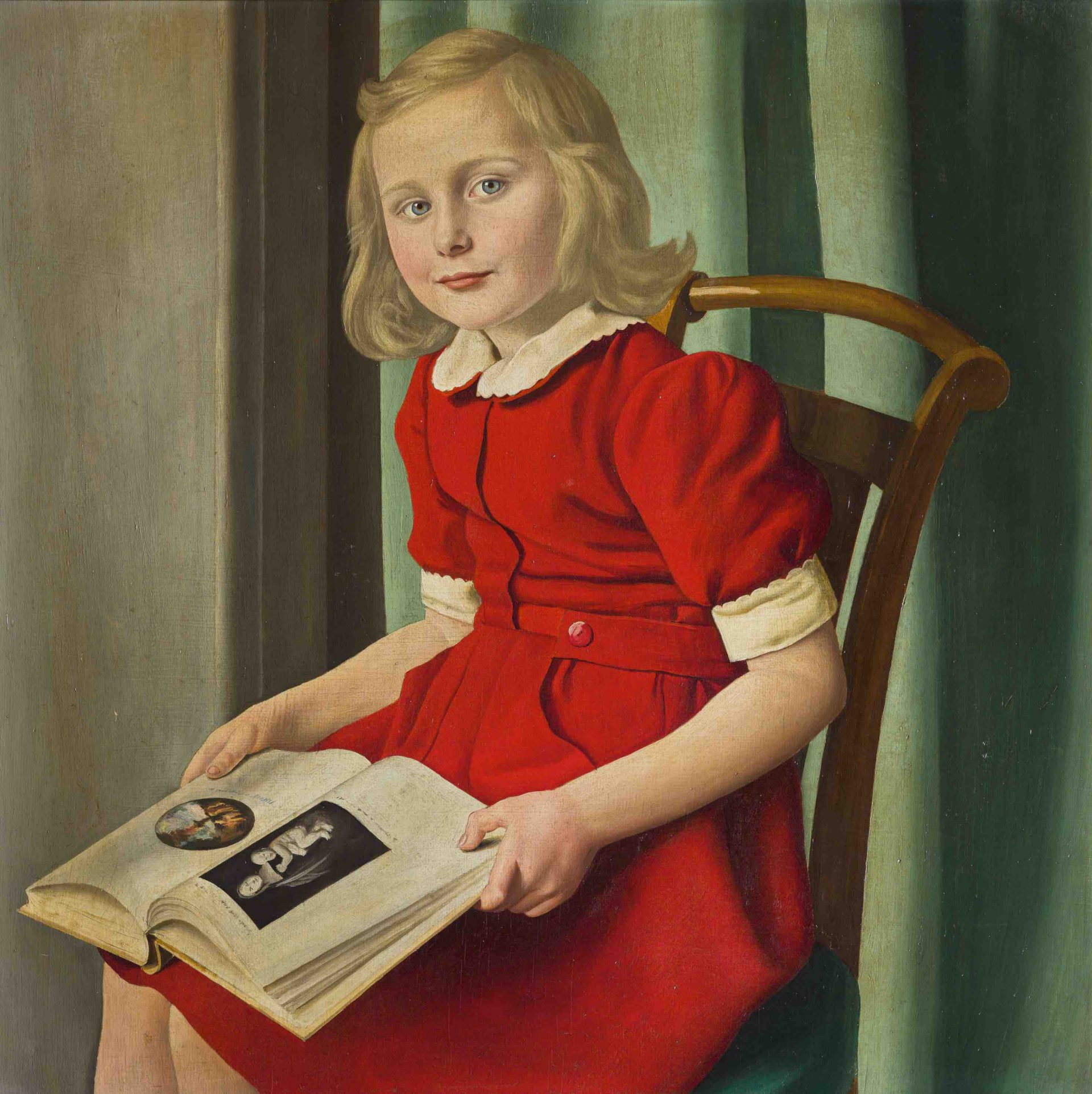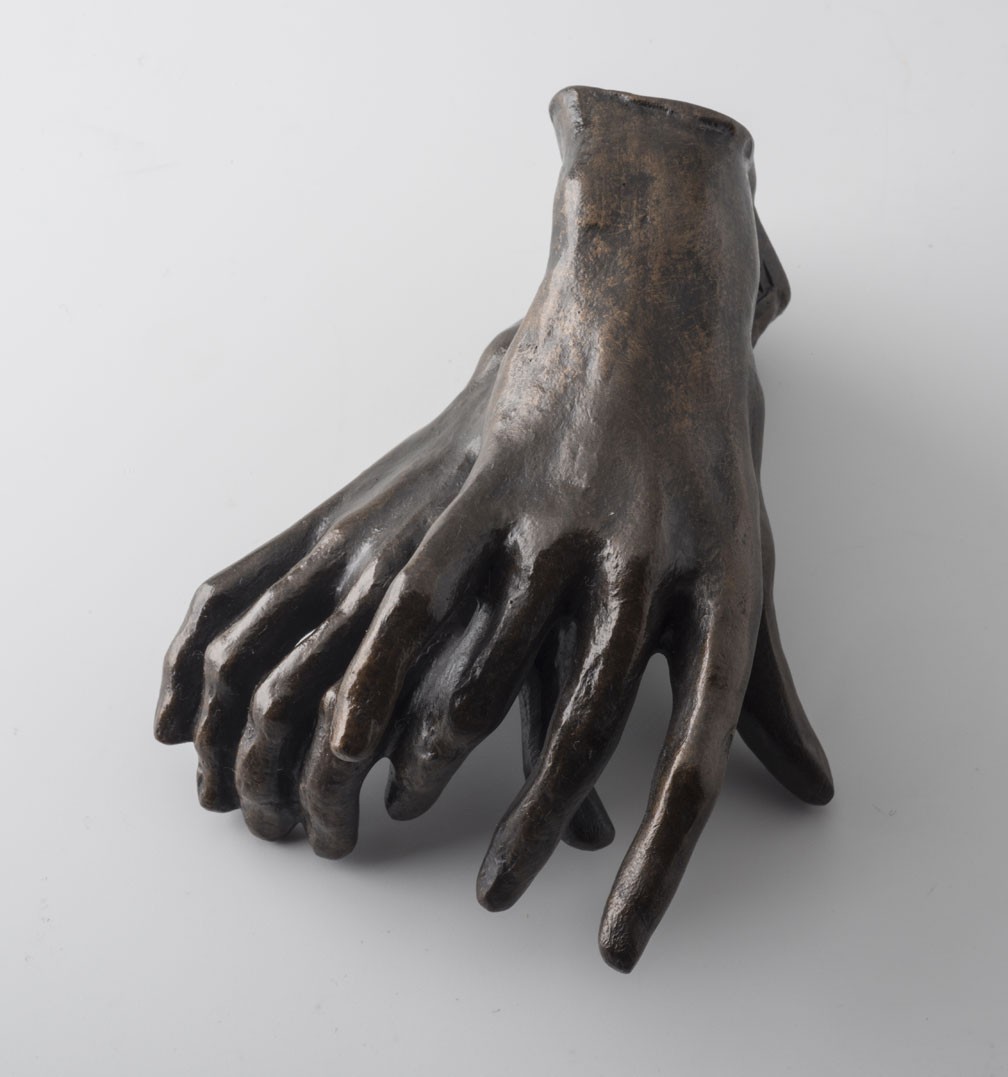Antonio Donghi (March 16, 1897 - July 16, 1963) was an Italian painter of scenes of popular life, landscapes, and still life.
Born in Rome, he studied painting at the Instituto di Belle Arti from 1908 to 1916.
After military service in World War I he studied art in Florence and Venice, soon establishing himself as one of Italy's leading figures in the neoclassical movement that arose in the 1920s.
Possessed of an extremely refined technique, Donghi favored strong composition, spatial clarity, and populist subject matter.








